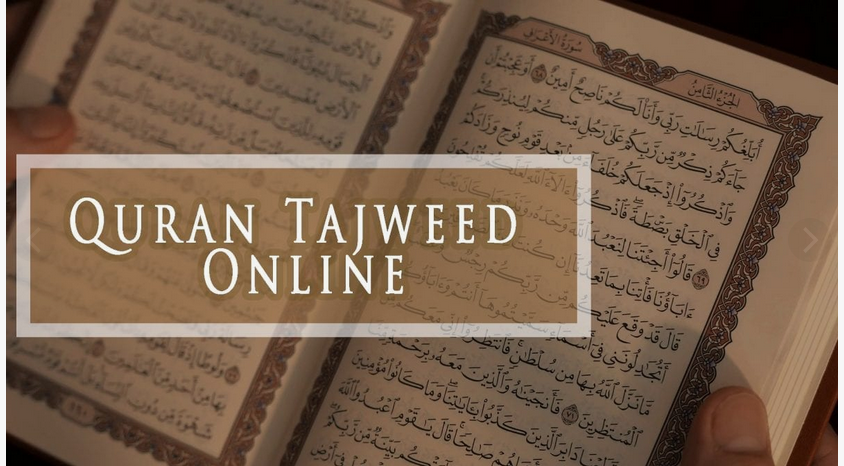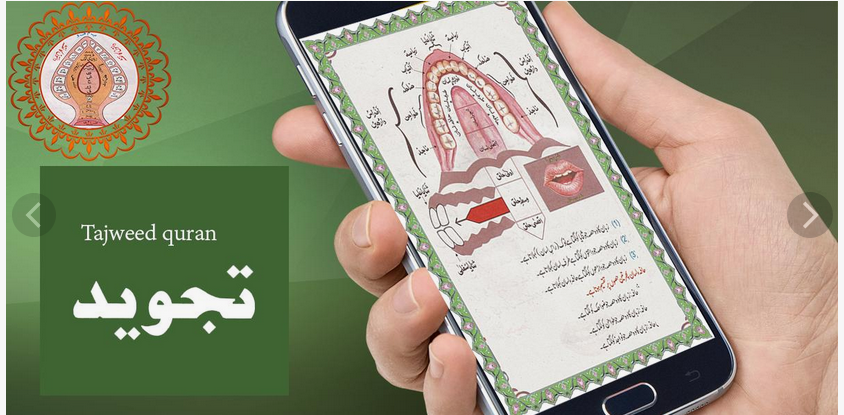When reciting the Quran, the beauty and precision of one’s recitation are paramount. This is where Tajweed, the art of proper Quranic pronunciation, comes into play. Among the various rules of Tajweed, the concept of Madd holds significant importance. But what exactly is Madd, and why is it so crucial in Tajweed?
What is Madd?
Madd, in the context of Tajweed, refers to the elongation of vowel sounds in the Quranic recitation. This elongation is not arbitrary but follows specific rules that ensure the recitation remains true to the original revelation. Proper Madd not only enhances the melody of the recitation but also preserves the meaning of the verses.
Madd in Quran
In Quranic recitation, Madd plays a vital role in maintaining the flow and beauty of the verses. Incorrect application of Madd can alter the meaning and disrupt the listener’s understanding. For instance, elongating a vowel sound inappropriately can change the word’s meaning, leading to misunderstandings. This precision in pronunciation is crucial because the Quran is not just a text to be read; it is a divine revelation to be experienced and internalized.
Letters of Madd
Madd is primarily associated with three letters in Arabic:
- Alif (ا): Elongation with the sound “aa.”
- Waw (و): Elongation with the sound “oo.”
- Ya (ي): Elongation with the sound “ee.”
These letters, when preceded by a vowel, indicate the need for Madd. For example, in the word “قال” (qaala), the presence of Alif requires elongation, transforming a simple utterance into a melodious recitation.
Types of Madd in Tajweed
There are various types of Madd in Tajweed, each with specific rules and applications. Understanding these types is crucial for accurate and beautiful Quranic recitation.
Madd Asli (Original Madd)
Definition and Rules
Madd Asli, also known as natural or original Madd, is the basic elongation of a vowel sound. It typically lasts for two vowel counts (harakah). This type of Madd is straightforward and foundational, forming the basis upon which other types of Madd are understood.
Examples in the Quran
Words like “قال” (qaala) and “نبيع” (nabeey’) demonstrate Madd Asli. In these instances, the elongation is subtle yet significant, ensuring the recitation flows smoothly and harmoniously.
Madd Far’i (Secondary Madd)
Madd Far’i involves additional rules and can vary in length. It is classified into several subtypes, each with its own set of guidelines.
Madd Muttasil (Connected Madd)
Definition and Examples
Madd Muttasil occurs when a Madd letter is followed by a Hamza in the same word. It usually lasts for four to five vowel counts. An example is the word “جاء” (jaa’a), where the elongation enhances the recitation’s rhythm and clarity.
Rules for Application
Consistency is key when applying Madd Muttasil to maintain uniformity in recitation. This type of Madd requires the reciter to pay close attention to the presence of Hamza following a Madd letter within the same word, ensuring the elongation is applied correctly.
Madd Munfasil (Disconnected Madd)
Definition and Examples
Madd Munfasil happens when a Madd letter at the end of a word is followed by a Hamza at the beginning of the next word. This Madd can also last for four to five counts. An example is the phrase “في أنفسكم” (fee anfusikum), where the transition between words necessitates elongation.
Rules for Application
This type requires the reciter to pause briefly, ensuring clarity between words. The application of Madd Munfasil ensures that each word retains its integrity while contributing to the overall fluidity of the recitation.
Madd Laazim (Obligatory Madd)
Definition and Examples
Madd Laazim is obligatory and occurs when a Madd letter is followed by a Shaddah. This elongation lasts for six counts. An example is “دَابَّة” (daabba), where the obligatory Madd must be observed to maintain the correct pronunciation and meaning.
Rules for Application
It is crucial to apply Madd Laazim correctly to avoid changing the meaning of the verse. This type of Madd is non-negotiable, emphasizing the importance of adhering to the specific elongation required.
Madd ‘Aaridh (Temporary Madd)
Definition and Examples
Madd ‘Aaridh is temporary and happens when a Madd letter is followed by a sukoon due to a stop in recitation. The length can vary between two, four, or six counts. An example is “العالمين” (al-‘aalameen), where the stop necessitates elongation.
Rules for Application
Flexibility in length is allowed, but consistency in practice is essential. The temporary nature of Madd ‘Aaridh allows for some variation, but the reciter must ensure that the application remains consistent throughout the recitation.
Madd Badal (Substitute Madd)
Definition and Examples
Madd Badal occurs when a Hamza is replaced by a Madd letter. It usually extends for two counts. An example is “آدم” (Aadam), where the elongation replaces the Hamza.
Rules for Application
Ensure the proper replacement to maintain the verse’s integrity. Madd Badal requires careful attention to the presence of substituted Hamza, ensuring the elongation is applied correctly.
Importance of Learning Tajweed
Learning Tajweed, especially the rules of Madd, is essential for anyone who wishes to recite the Quran correctly. Not only does it enhance the auditory beauty of the recitation, but it also ensures that the words of Allah are pronounced accurately, preserving their intended meanings. Moreover, mastering Tajweed brings a deep sense of spiritual fulfillment and connection to the divine. The precision in recitation reflects a commitment to preserving the sanctity and authenticity of the Quranic text.
Tajweed also serves as a bridge between the reciter and the divine message. It transforms the act of reading into an immersive spiritual experience, allowing the reciter to feel the weight and beauty of Allah’s words. For children and adults alike, learning Tajweed fosters a deeper appreciation for the Quran and its teachings, encouraging lifelong engagement with the holy text.
Learn Tajweed Online with Us
In today’s digital age, learning Tajweed has become more accessible than ever. Online platforms offer comprehensive courses that cater to all levels, from beginners to advanced learners. These courses provide interactive lessons, expert guidance, and ample practice opportunities. For example, Hekma Academy offers a range of Tajweed courses designed to accommodate various learning styles and schedules.
Online learning provides flexibility, allowing students to learn at their own pace and on their own time. This flexibility is particularly beneficial for busy parents, working professionals, and students with varying schedules. Additionally, online courses often include multimedia resources, such as video tutorials and interactive exercises, enhancing the learning experience.
Mastering Madd in Tajweed is a journey that enhances both the recitation and the spiritual experience of reading the Quran. By understanding and applying the various types of Madd, reciters can preserve the beauty and accuracy of the Quranic text. For those seeking to deepen their knowledge, numerous resources are available online. To further your learning, consider exploring the courses offered by Hekma Academy, a renowned institution dedicated to teaching Tajweed.







